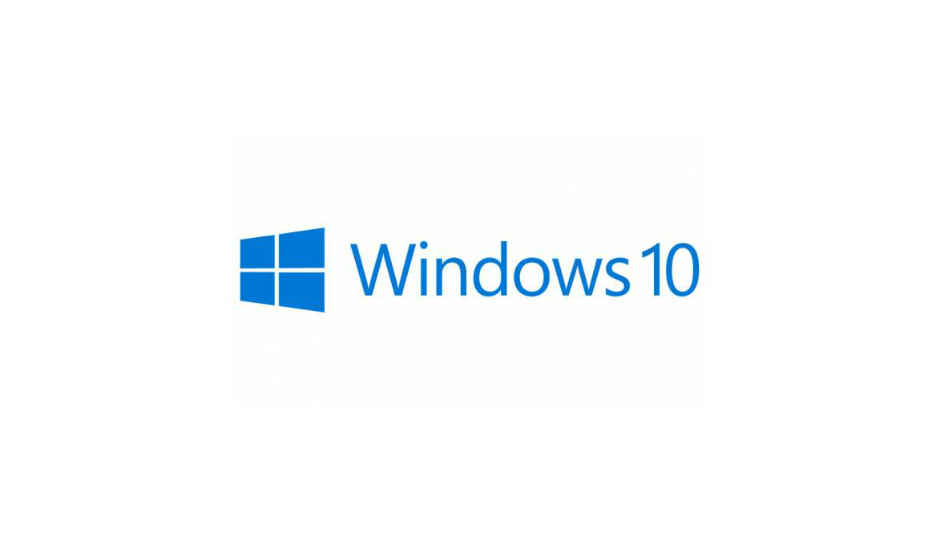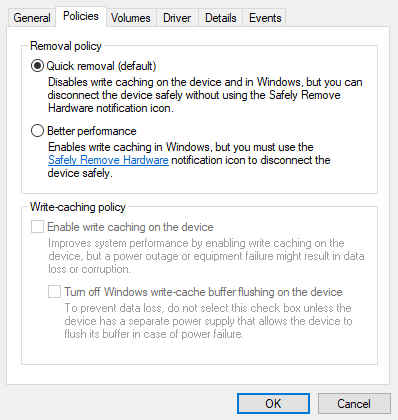Windows 10 no longer needs you to ‘Safely Remove Hardware’
Windows 10 version 1809 and higher no longer requires users to 'safely' eject USB devices
Microsoft has switched the default removal policy for external storage media
The default policy is now Quick removal
Haters of the little 'eject' icon on the taskbar, rejoice!

For nearly two decades now, the Windows user base has remained divided into two major factions: those who “safely” eject their USB storage drives before unplugging them, and those who don’t. After Microsoft’s recent support article on the matter, the former will get a chance to say, “Oh, thank god!” and the latter, a chance to say, “We told you so!” Windows 10 now uses a different default policy that no longer requires you to use the Safely Remove Hardware process before unplugging a USB storage device.
 Survey
Survey“Windows defines two main policies, Quick removal and Better performance, that control how the system interacts with external storage devices such as USB thumb drives or Thunderbolt-enabled external drives. Beginning in Windows 10 version 1809, the default policy is Quick removal. In earlier versions of Windows the default policy was Better performance,” writes Microsoft in its recent support article. "If you select Better performance, we recommend that you also select Enable write caching on the device," Microsoft adds.
The two removal policies for external storage media
The Quick removal policy keeps storage operations going in such a way that USB storage devices can be unplugged at any time without needing the Safely Remove Hardware process. On the other hand, the Better performance policy ensures improved system performance. When in effect, it lets Windows cache write operations to the external USB drive. However, to protect data integrity on the external device, it requires the use of the Safely Remove Hardware process.
For those not aware of Safely Remove Hardware, it’s a safety procedure performed by the user before unplugging any USB storage device. It involves finding the Safely Remove Hardware icon on the taskbar, right-clicking it, and selecting the hardware to be unplugged. Windows recommends the use of the safe ejection process to avoid data corruption on flash and external hard drives. However, the procedure has been considered unnecessary or even annoying by many seasoned Windows users in the past, leading to the formation of the faction that doesn’t believe in ejecting devices ‘safely’.
Inline image courtesy: Microsoft
Related Read: Microsoft will let you defer Windows 10 May Update for up to 35 days
Vignesh Giridharan
Progressively identifies more with the term ‘legacy device’ as time marches on. View Full Profile
